Measuring for the Perfect Fit: A Step-by-Step Guide for Taking Kids' Body Measurements

Measuring for the Perfect Fit: A Guide to Taking Body Measurements for Nesavu Kidswear
When sewing garments for kids, getting the right fit is crucial. Whether purchasing a ready-made garment or making your own, accurate body measurements are essential to ensure a perfect fit. This guide will share tips and techniques for taking body measurements for Nesavu kidswear.
Before You Begin:
- Gather all the necessary tools for recording measurements, such as a measuring tape, pencil, and paper.
- Make sure your child is comfortable by having them wear form-fitting clothing, such as leggings and a t-shirt.
Chest
Measure around the fullest part of the chest, which is usually just below the arms and across the shoulder blades. This measurement is important for determining the size of the garment's bodice.
Waist
Measure around the natural waistline, which is the narrowest part of the torso. This measurement is important for determining the size of the garment's waistline.
Hips
Measure around the hips' fullest part, usually around the seat. This measurement is important for determining the size of the garment's skirt or pants.
Over all Length
Measure from the top of the shoulder down to the desired length of the garment. This measurement is important for determining the overall length of the garment.
Top Length
Measure from the shoulder (near the neck, where it is highest) to where you require the dress hemline. The tape should go across the fullest part of the chest.
Skirt Length
Measure from where you need it to be tied at the waistline to the hemline you desire.
Sleeve Length
With the arm at your side and slightly bent, measure from the arm's highest point to where you need the sleeve hem.
Sleeve round
Measure around the arms where you require the sleeve should end.
Neck Depth
From the base of the neck, measure the drop you need for the front and back necklines.
Neck round
Measure around the base of the neck (somewhat loose; do not take this too tight)
Arm
Measure from the top of the shoulder to the wrist for the sleeve length.
Inseam
Measure the inside of the leg from the crotch to the ankle for pants.
Repeat the Measurement
It's essential to repeat the measurements twice or three times to ensure accuracy.
It's important to note that children grow quickly. Hence, it's a good idea to take measurements regularly, especially before starting a new sewing project. By following these tips and techniques, you can ensure that the garments you sew for your child will fit them comfortably and perfectly. Once you have the measurements, you can use the size chart provided by The Nesavu brand or consult the brand directly if you have any queries. This will ensure you get the perfect fit for your child's garment. Happy sewing!
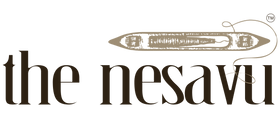


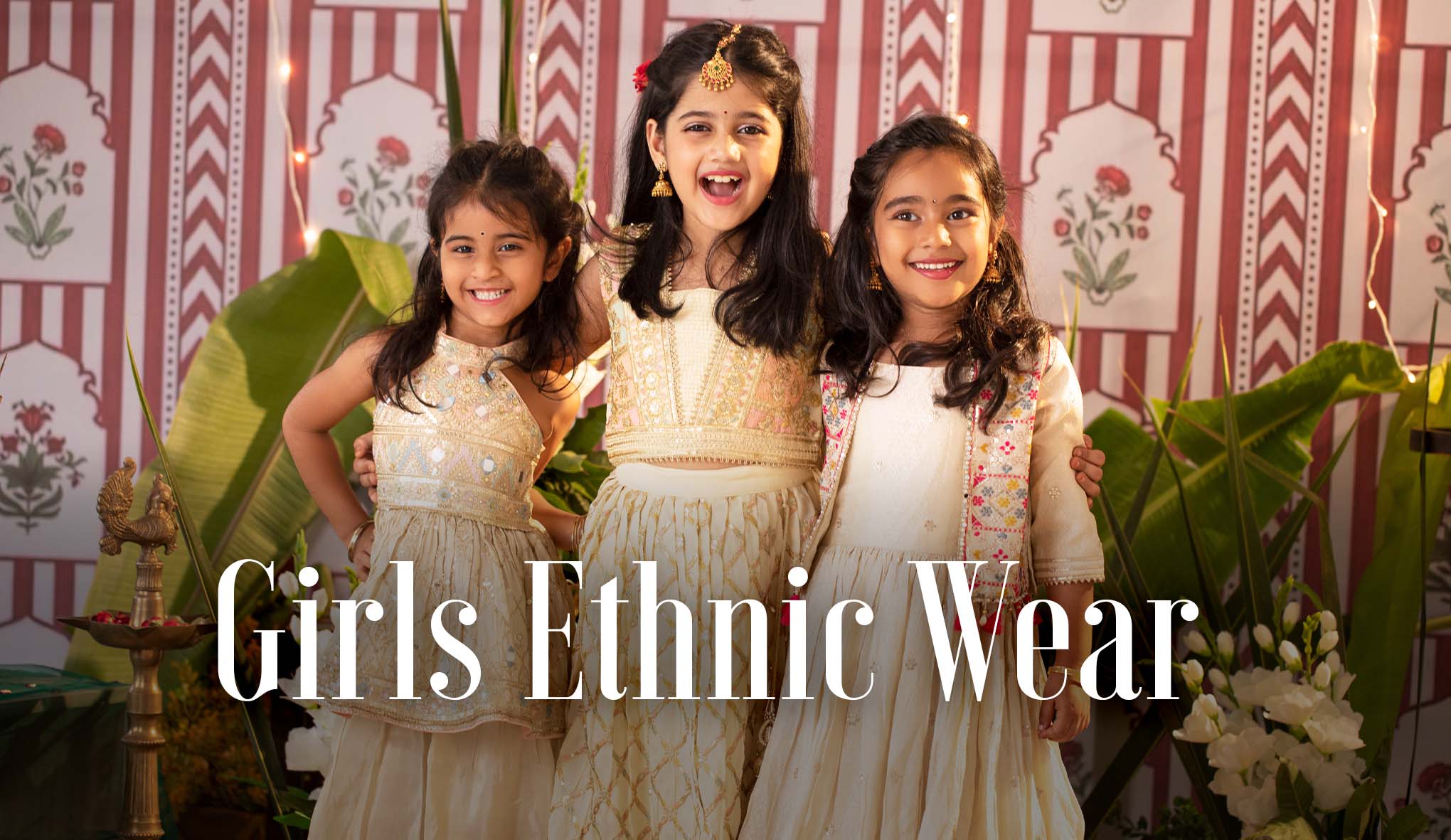
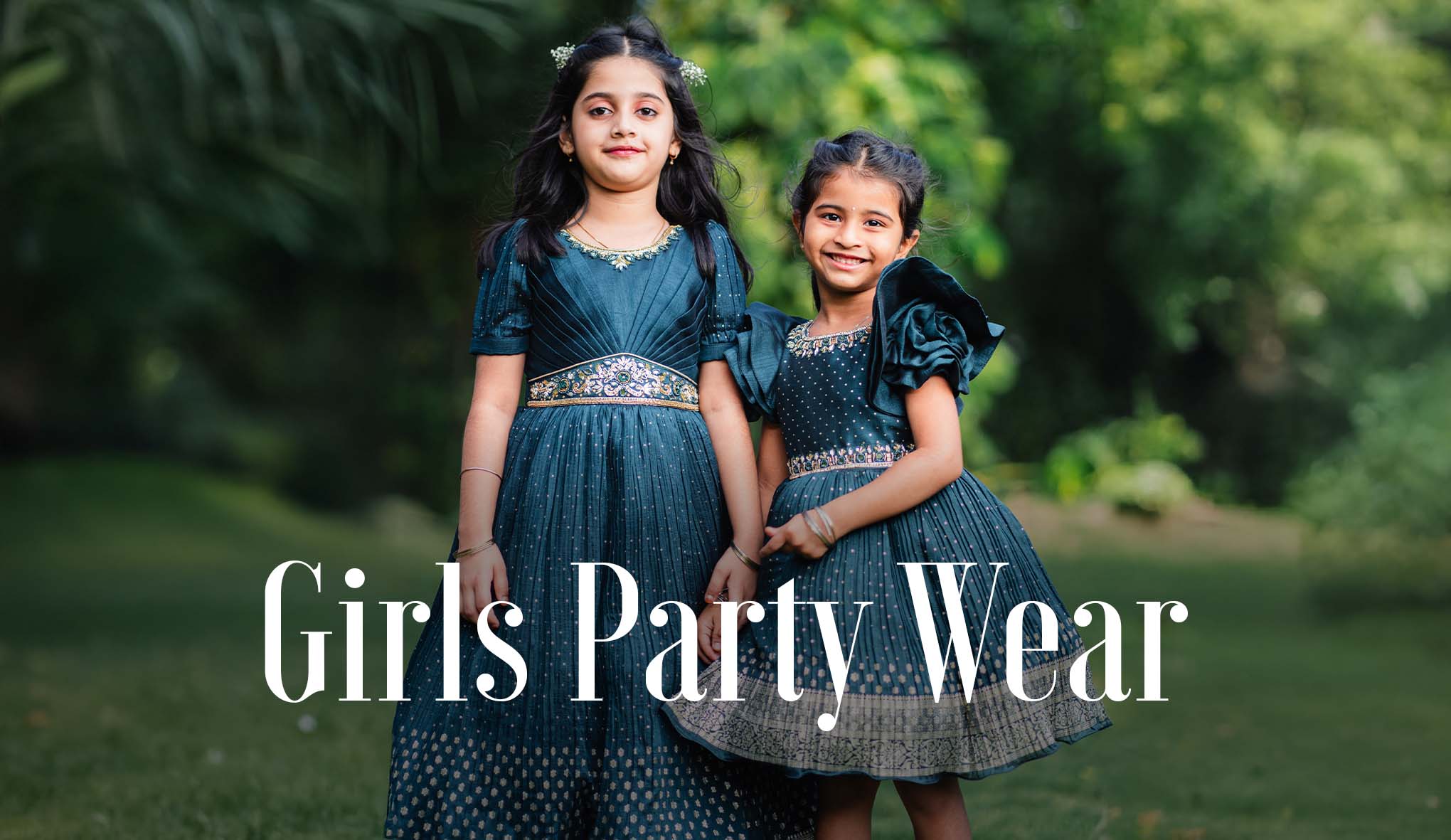
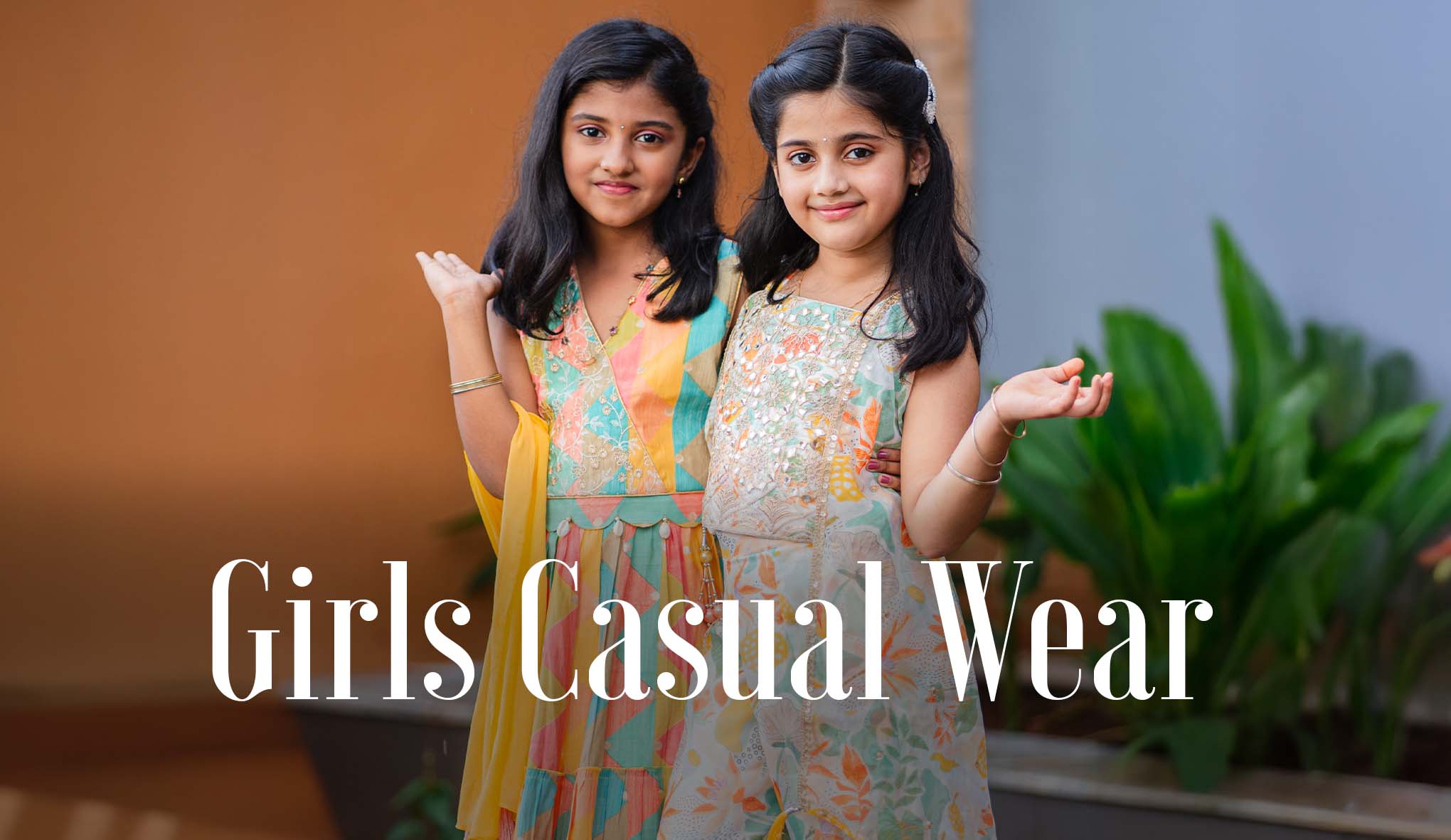

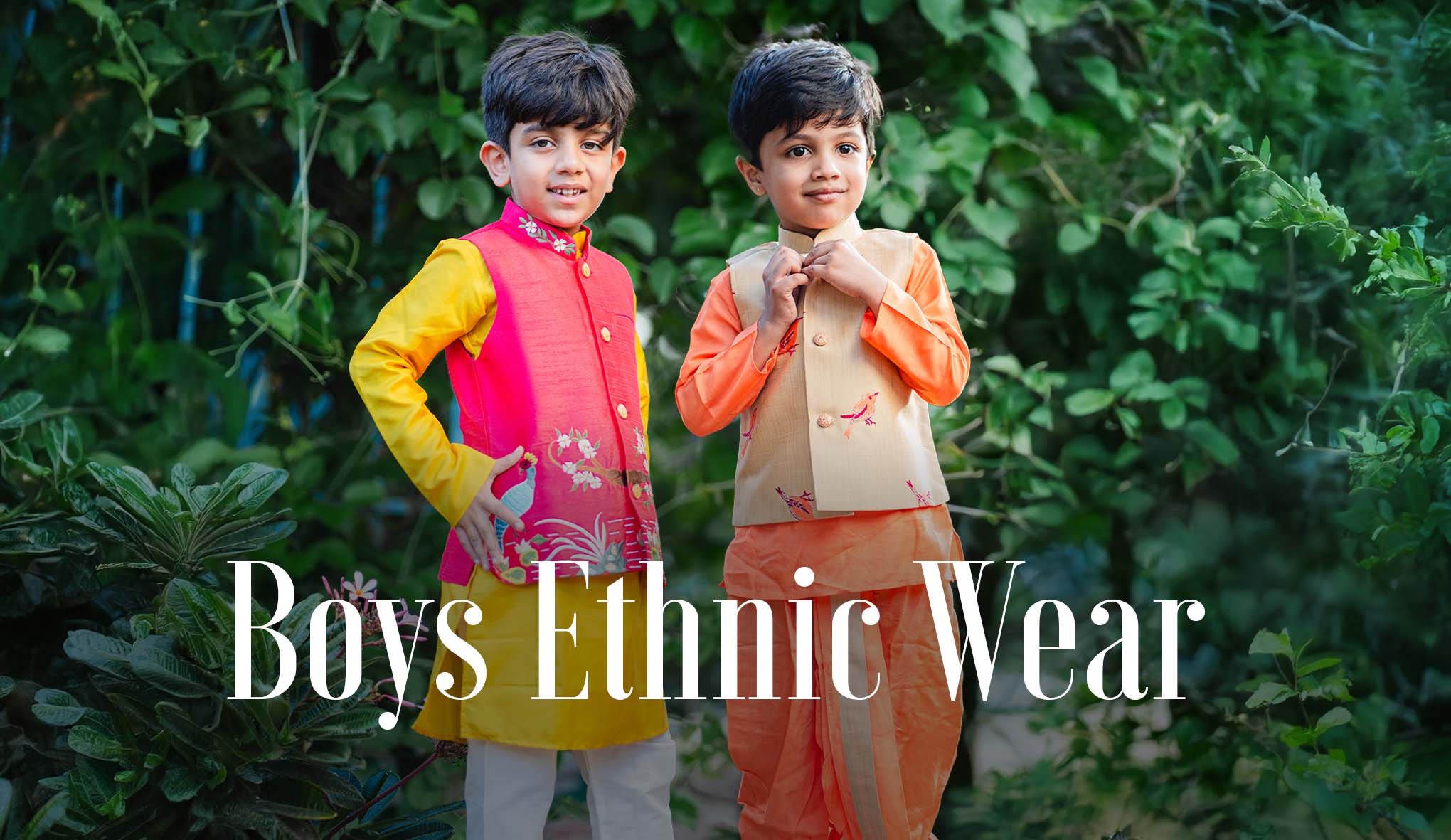
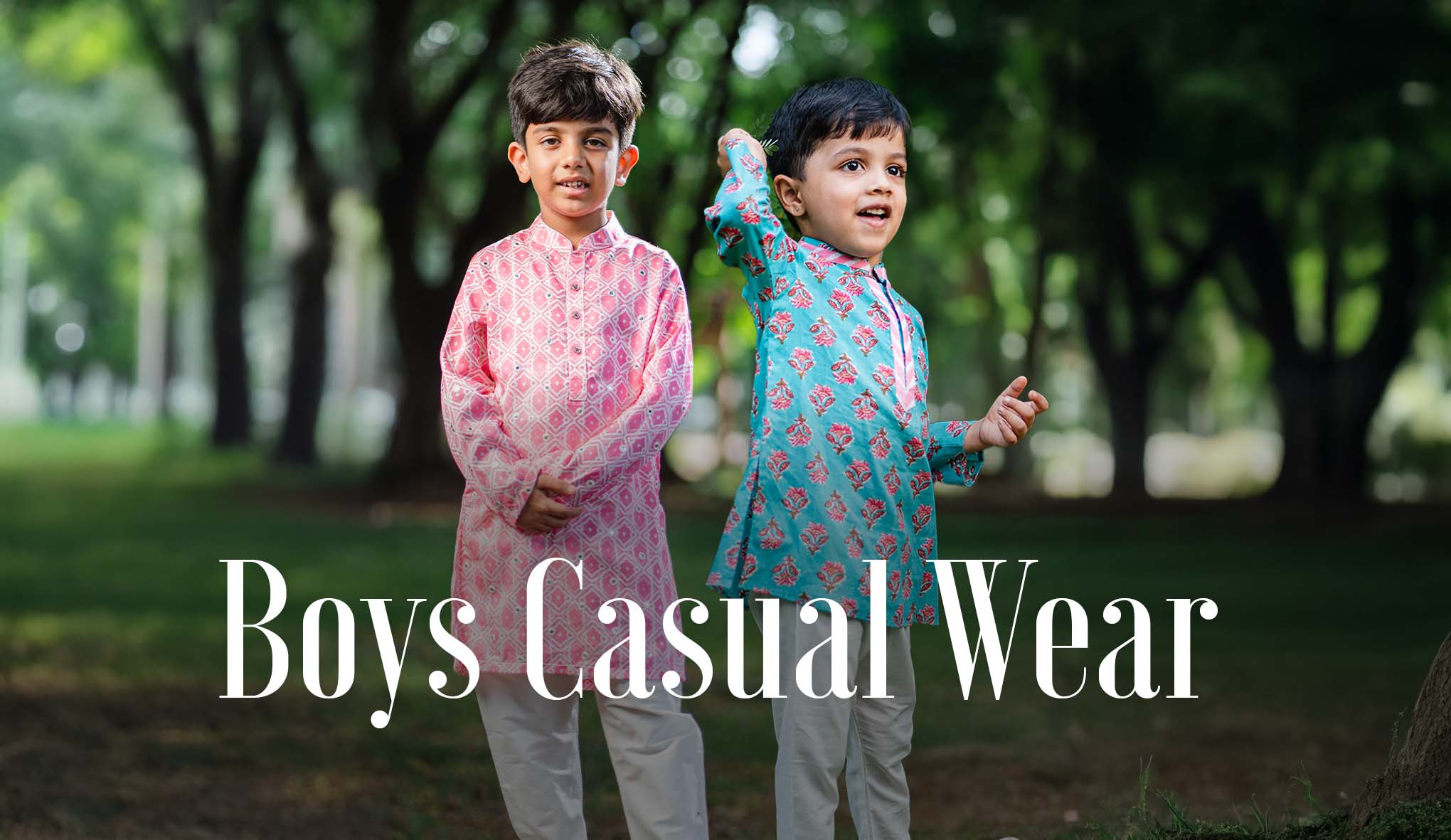
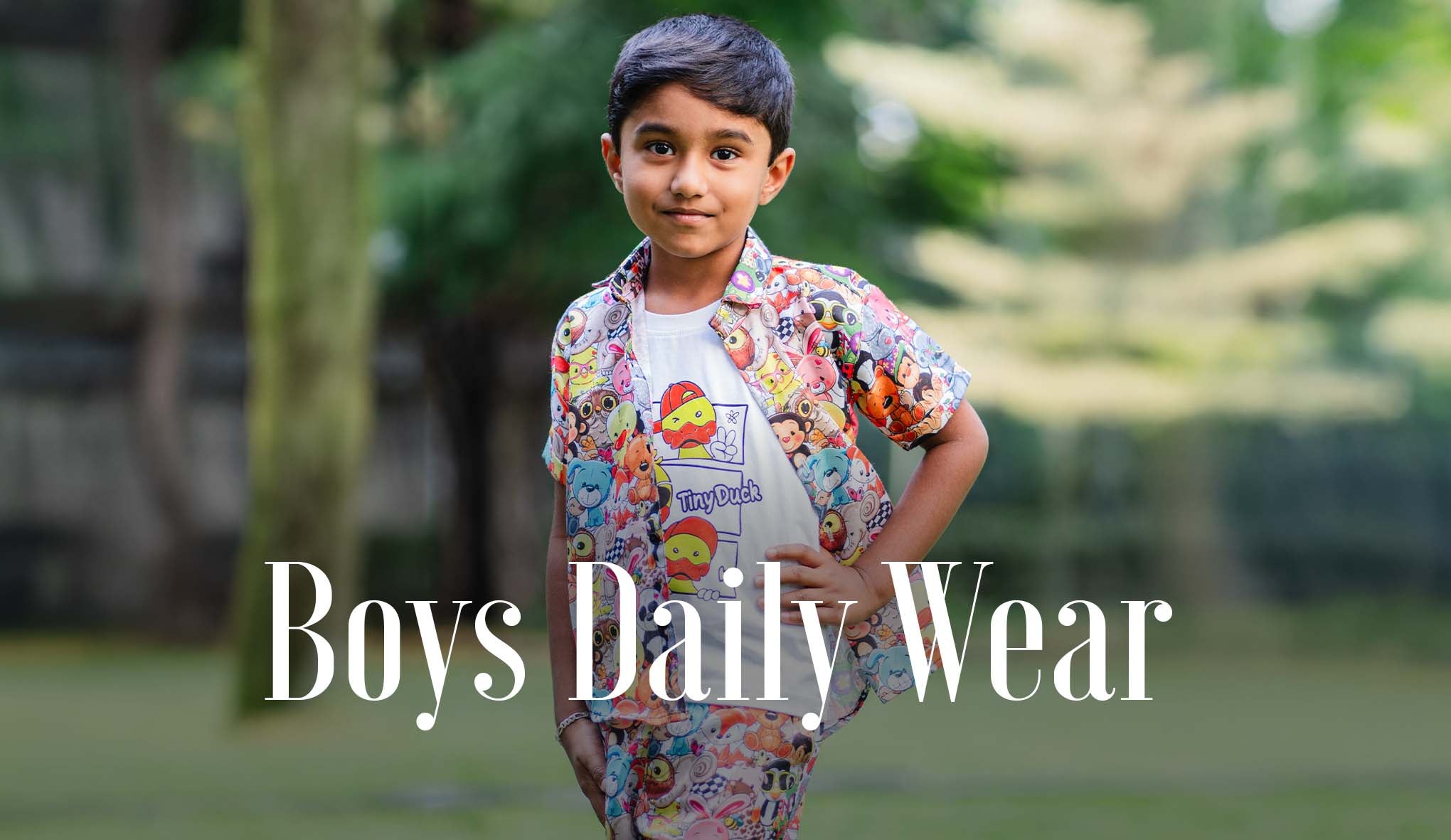
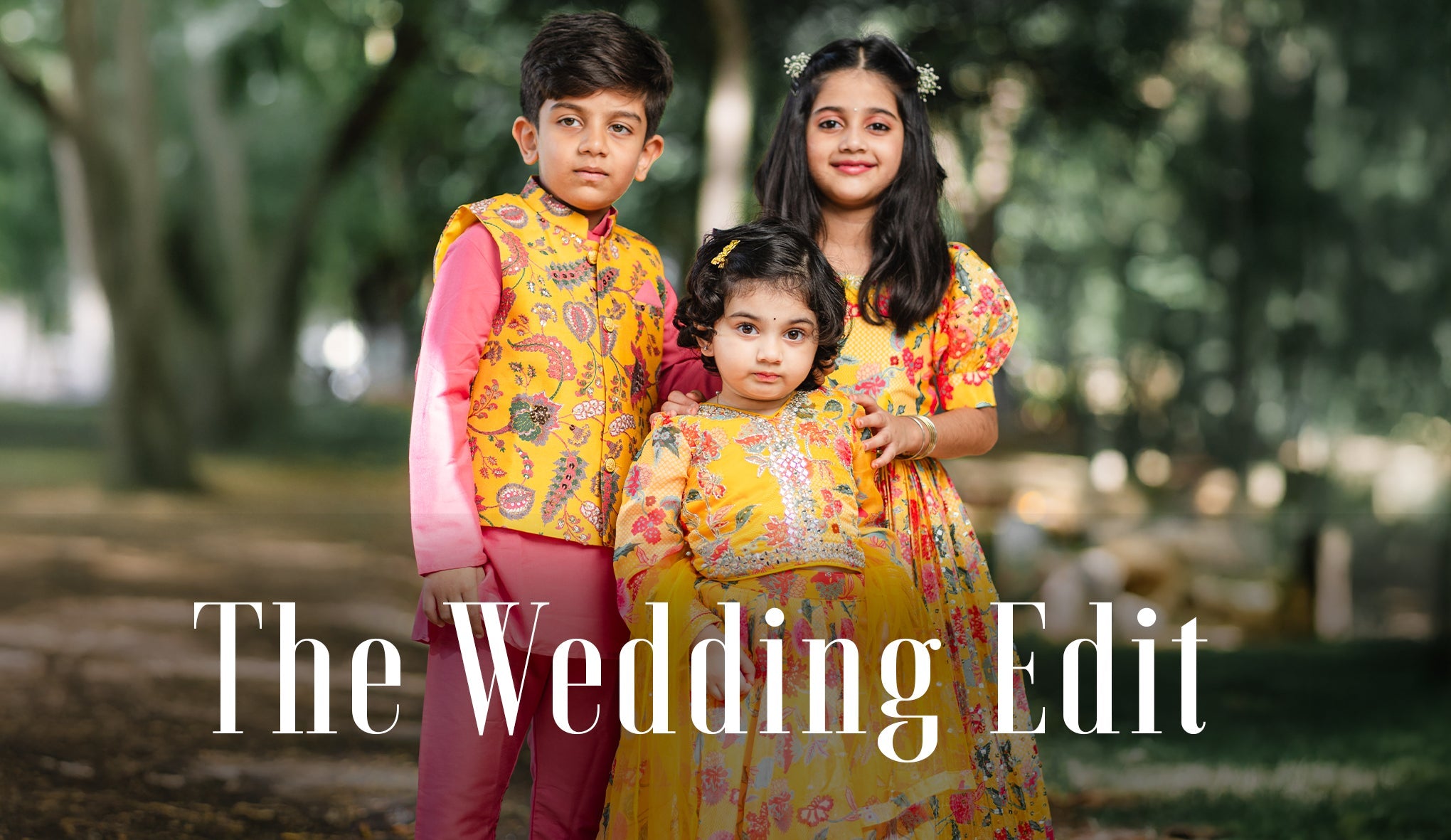
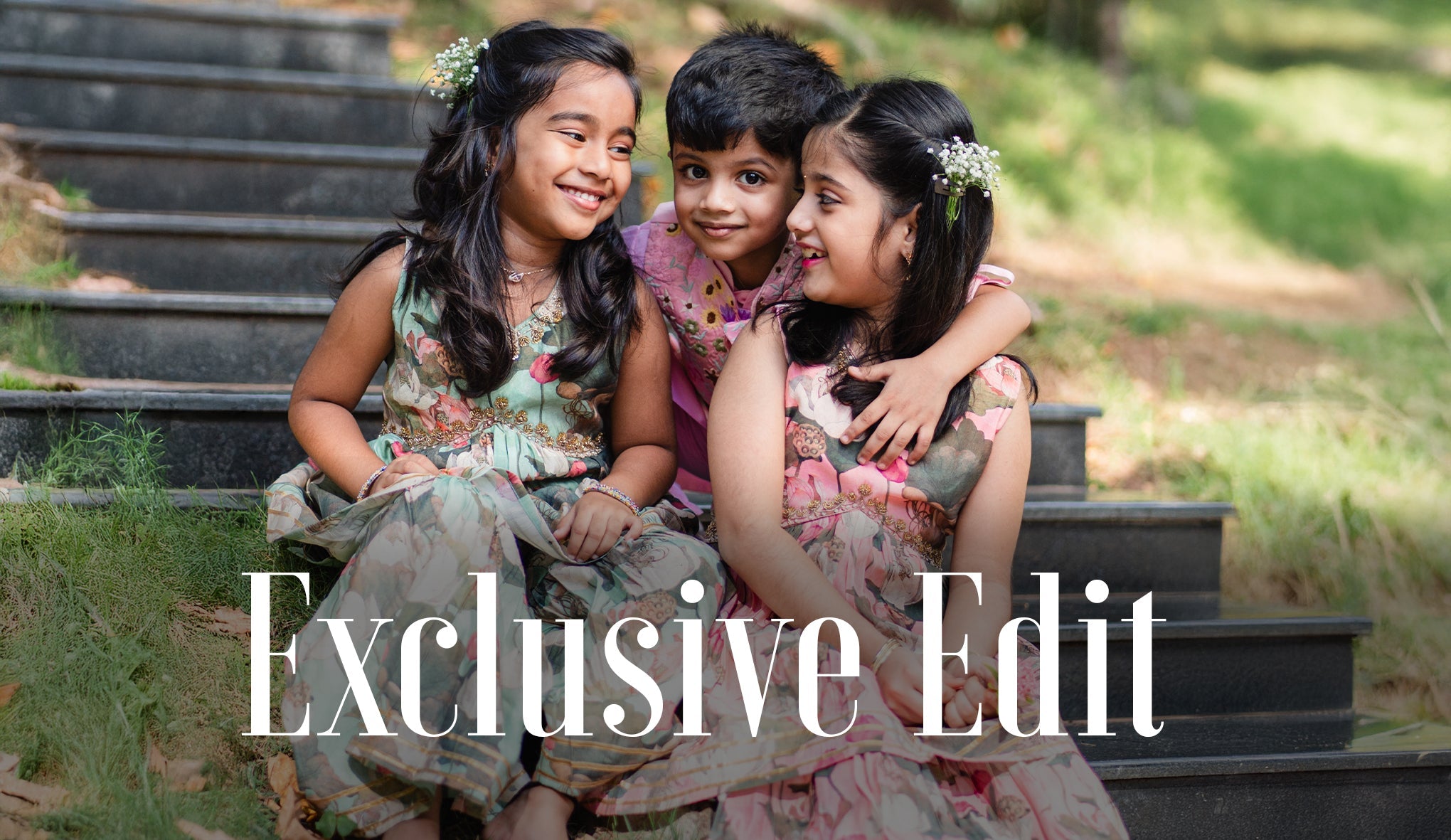
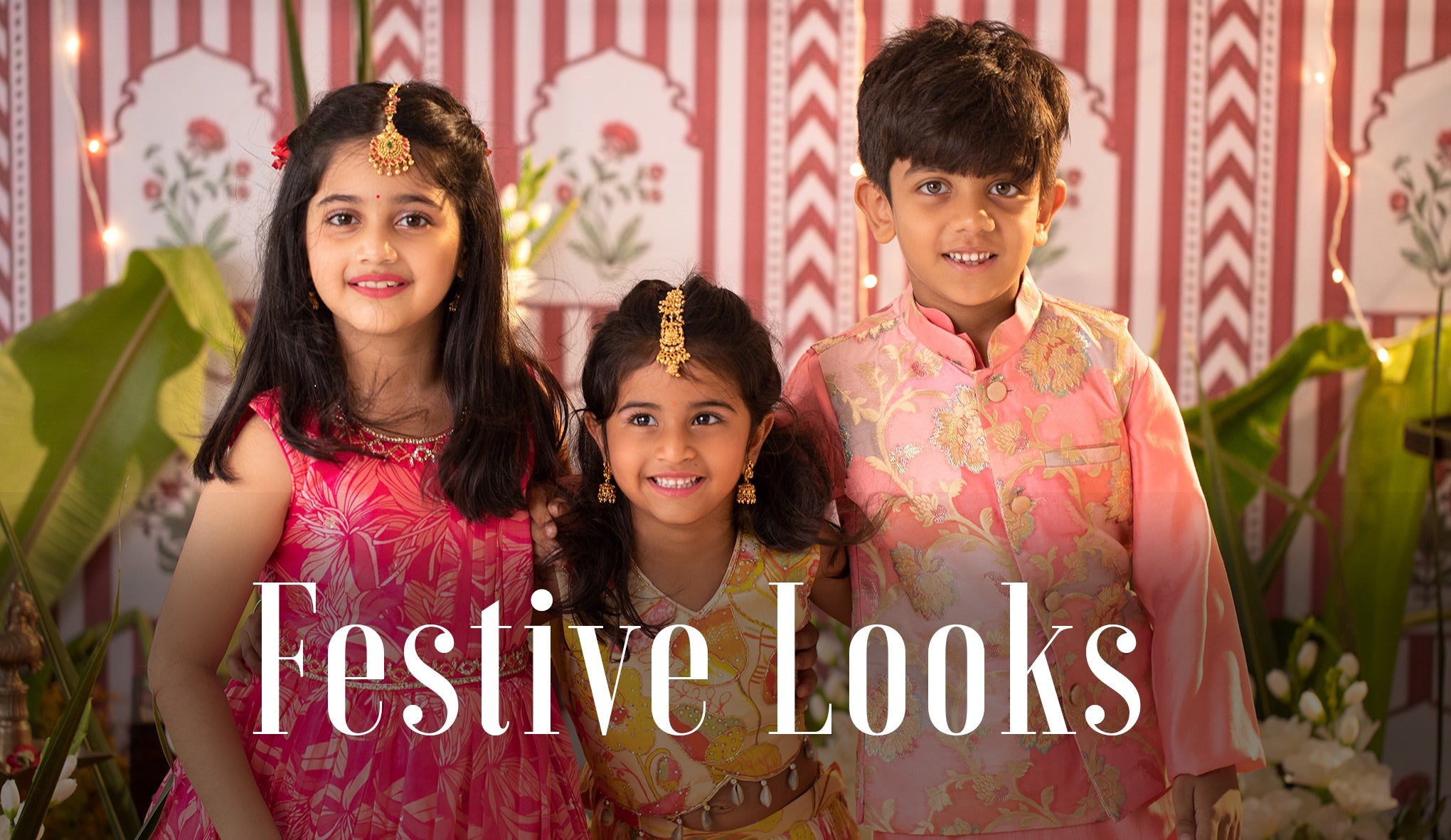
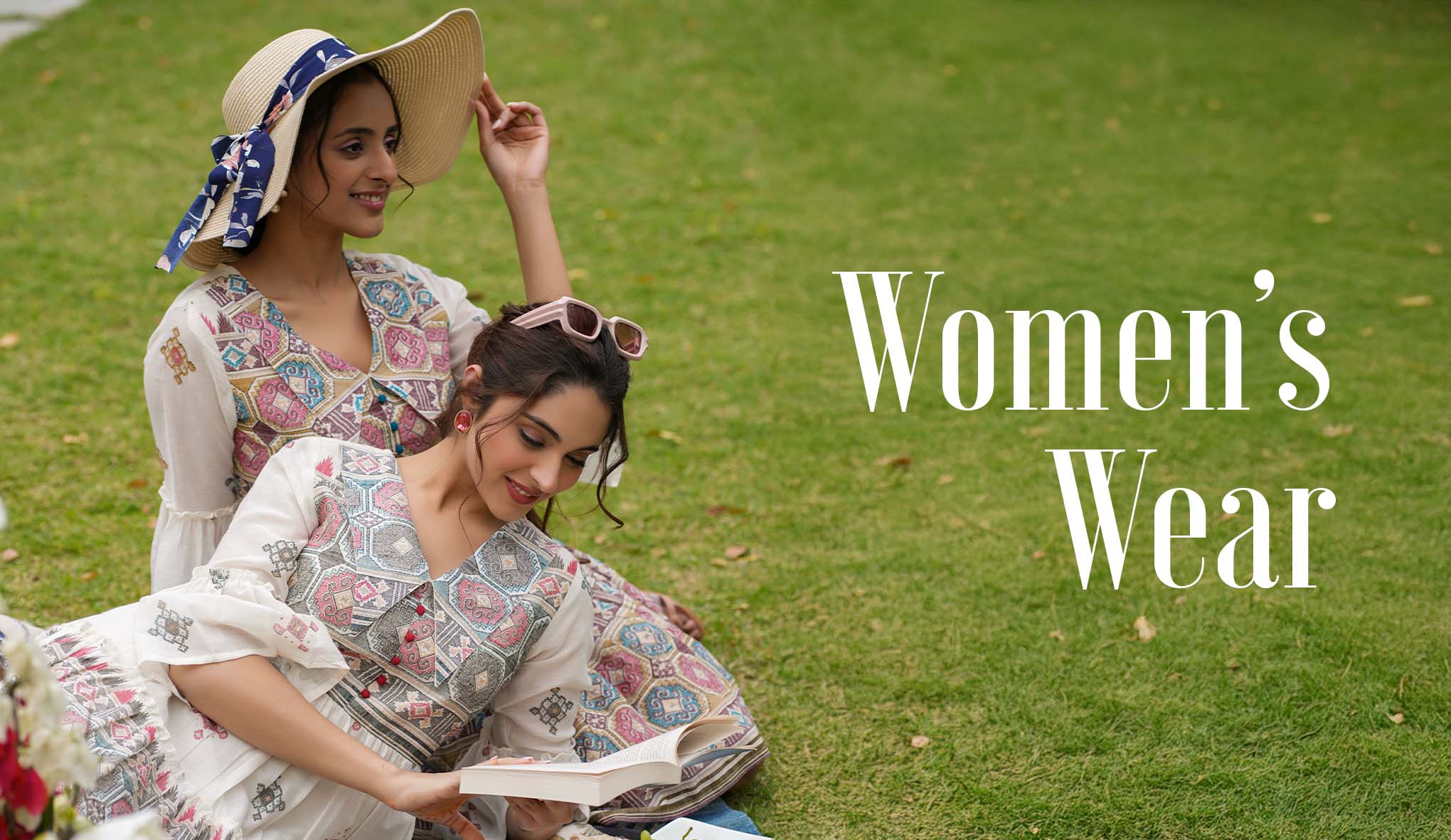
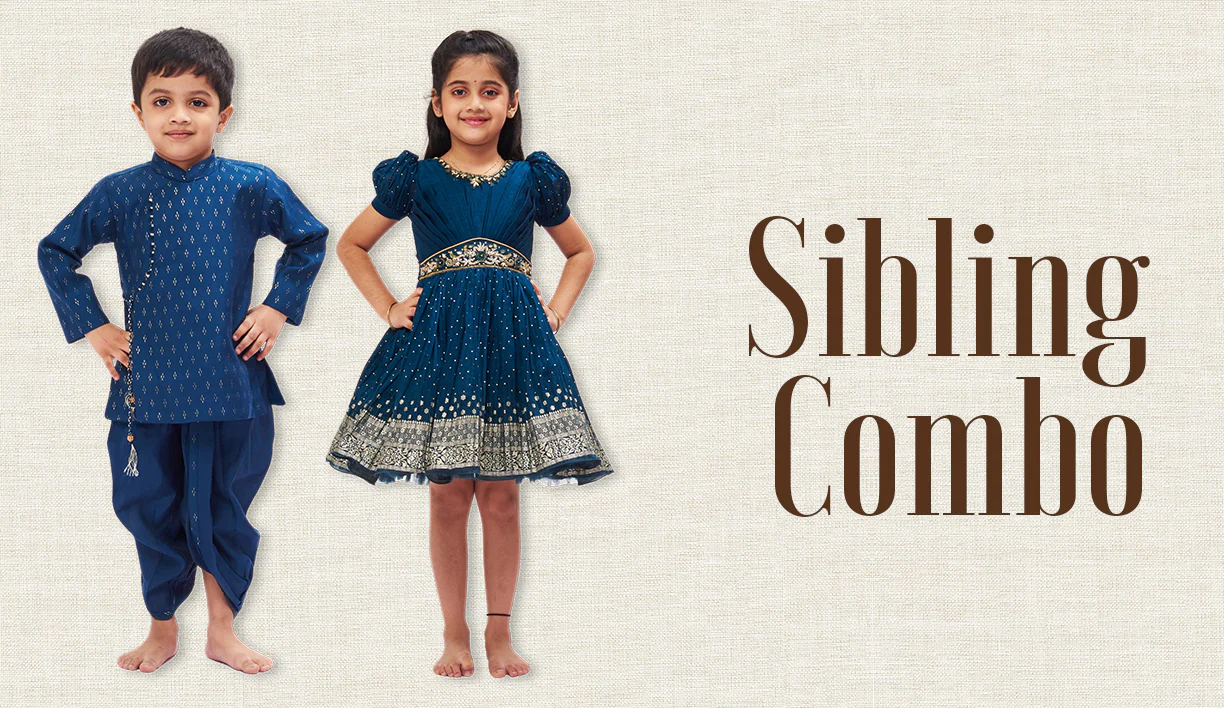
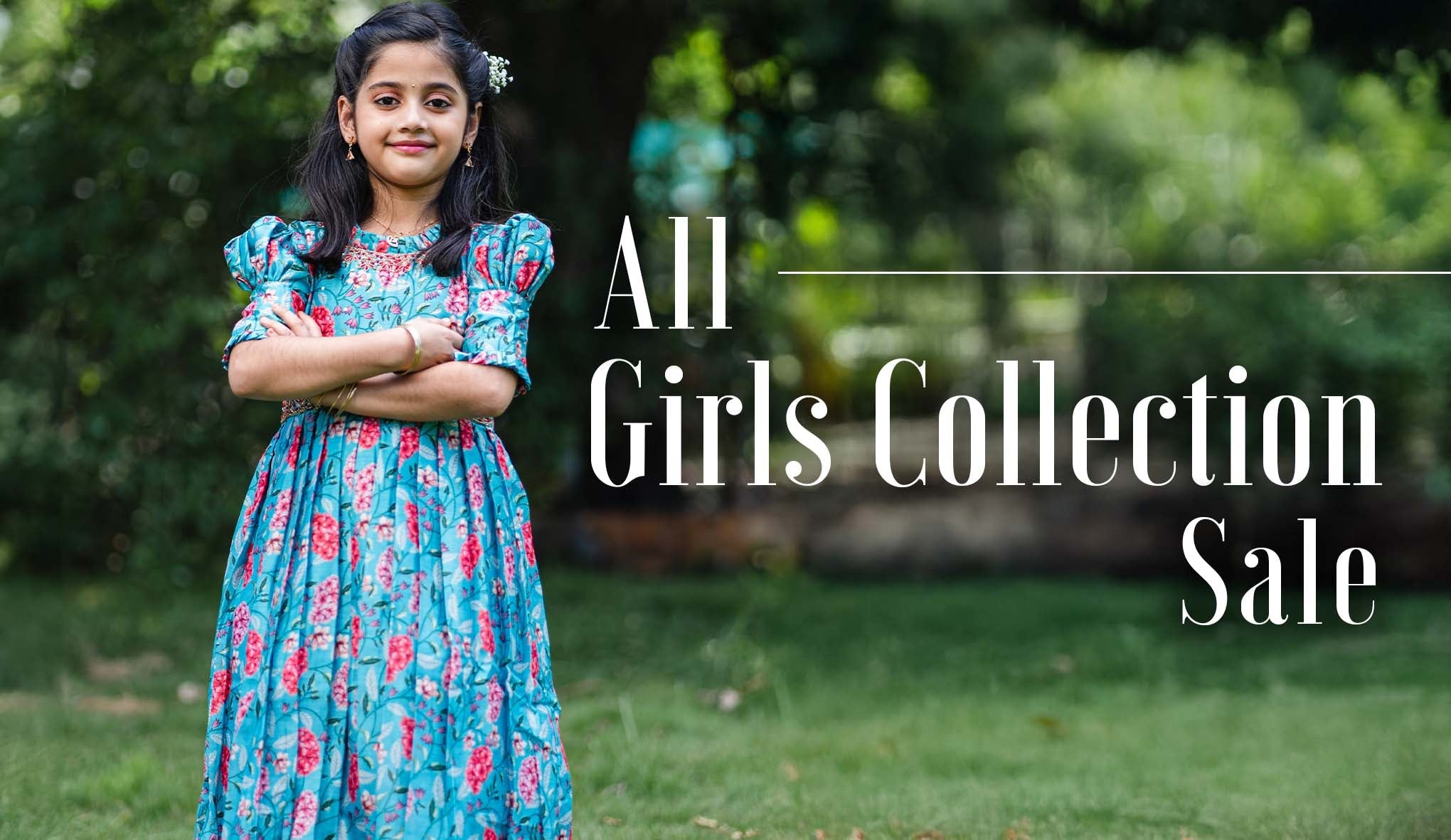







Leave a comment